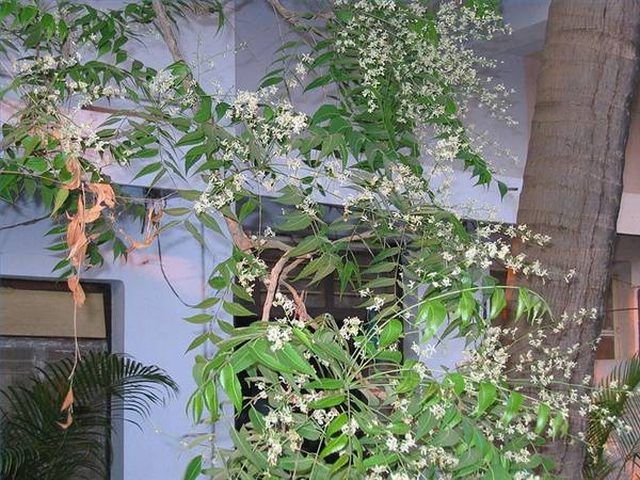Bulbs
Flower Basics
Flower Beds & Specialty Gardens
Flower Garden
Garden Furniture
Garden Gnomes
Garden Seeds
Garden Sheds
Garden Statues
Garden Tools & Supplies
Gardening Basics
Green & Organic
Groundcovers & Vines
Growing Annuals
Growing Basil
Growing Beans
Growing Berries
Growing Blueberries
Growing Cactus
Growing Corn
Growing Cotton
Growing Edibles
Growing Flowers
Growing Garlic
Growing Grapes
Growing Grass
Growing Herbs
Growing Jasmine
Growing Mint
Growing Mushrooms
Orchids
Growing Peanuts
Growing Perennials
Growing Plants
Growing Rosemary
Growing Roses
Growing Strawberries
Growing Sunflowers
Growing Thyme
Growing Tomatoes
Growing Tulips
Growing Vegetables
Herb Basics
Herb Garden
Indoor Growing
Landscaping Basics
Landscaping Patios
Landscaping Plants
Landscaping Shrubs
Landscaping Trees
Landscaping Walks & Pathways
Lawn Basics
Lawn Maintenance
Lawn Mowers
Lawn Ornaments
Lawn Planting
Lawn Tools
Outdoor Growing
Overall Landscape Planning
Pests, Weeds & Problems
Plant Basics
Rock Garden
Rose Garden
Shrubs
Soil
Specialty Gardens
Trees
Vegetable Garden
Yard Maintenance
How to Grow a Neem Tree
How to Grow a Neem Tree. The neem tree is a member of the mahogany family and is native to parts of Asia and Africa. In India, the neem tree is commonly called the "Divine Tree," because of its many different uses. Because the neem tree is native to the hot climate of Asia and Africa, it can be difficult to grow, especially in colder regions....

The neem tree is a member of the mahogany family and is native to parts of Asia and Africa. In India, the neem tree is commonly called the "Divine Tree," because of its many different uses. Because the neem tree is native to the hot climate of Asia and Africa, it can be difficult to grow, especially in colder regions. However, you can grow a neem tree in a container in any environment, with a little bit of care and attention.
Things You'll Need
Neem seeds
Potting soil
Large pot
Fertilizer
Spray bottle
Plant neem seeds 1 inch deep in potting soil in a large pot. Ensure the tree is planted in the largest pot possible. High-quality potting soil is recommended because of the large amount of nutrients that the neem tree requires.
Fertilize the neem tree monthly once it has sprouted. This could take anywhere from a few days to a week or two. Use a well balanced fertilizer, such as a 20-20-20 mixture. The first number stands for the nitrogen content, the second is the amount of phosphorous and the third represents potassium.
Water the neem tree only after the soil becomes dry. It is very easy to over water, and the roots are susceptible to root rot and fungi. If the leaves begin to wilt, even if you are watering properly, fill a spray bottle with water and spray a mist over the leaves.
Keep the neem tree in a warm area that receives plenty of sunlight. The neem tree should never be exposed to temperatures below 32 degrees F. Warm, even hot, temperatures are ideal. The neem tree also requires as many hours of sunlight as possible every day.
Prune the neem tree regularly once numerous new shoots begin to grow out of the tree. Cut the limbs off as close to the tree as possible. Prune during the early spring and late summer months for optimum effect.
Tips & Warnings
If you live in an area that doesn't get as much sunlight, or if your tree seems unhealthy despite excellent care, buy a heat lamp or a similar bright light. Place it over the plant and leave it on for a few hours a day to increase the sunlight the neem tree receives.
You don't need to spray insecticides or take any other preventative measures against pests such as spider mites or scale. Neem trees naturally repel these pests.